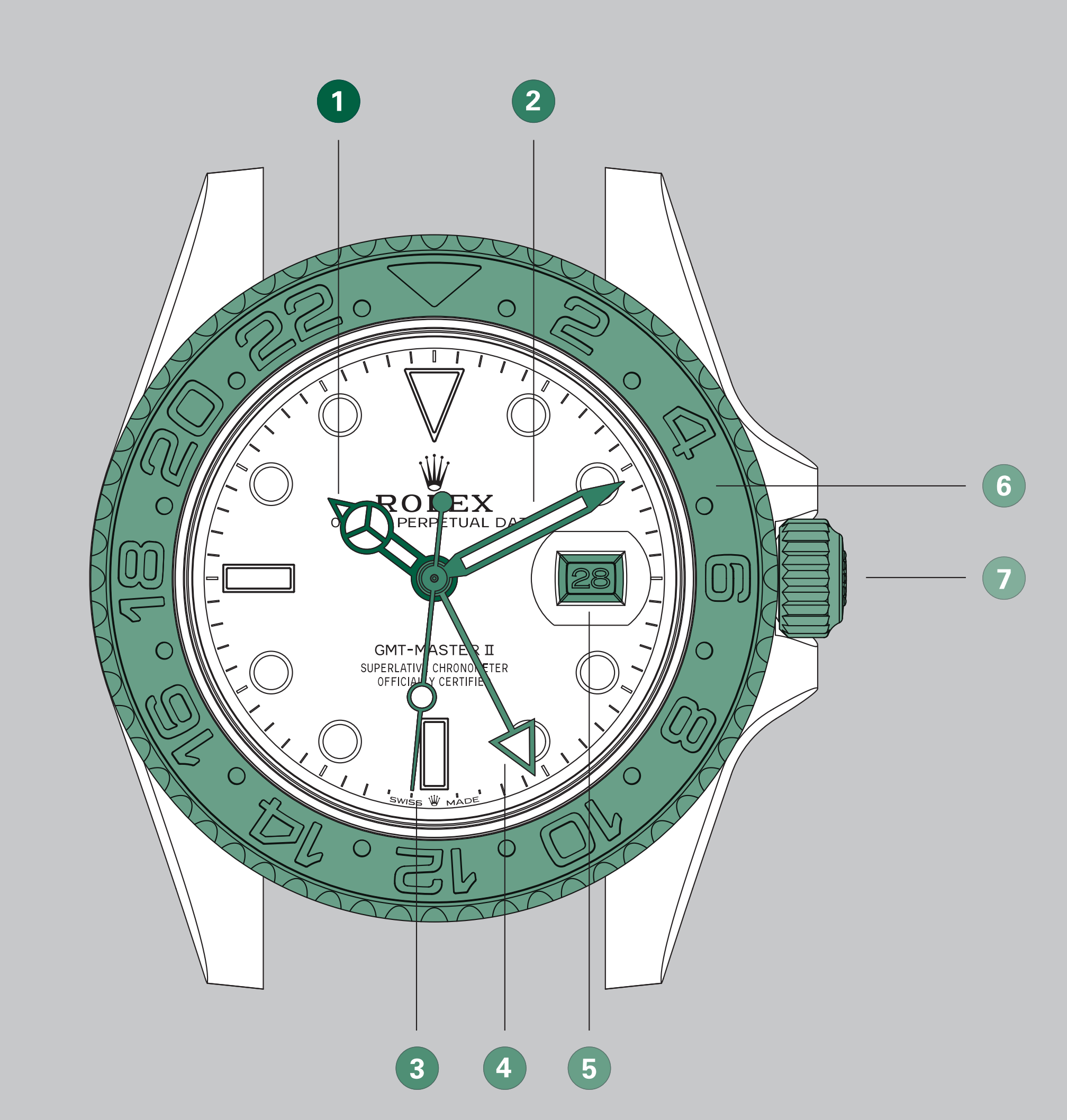Honestly, I never got why people made such a fuss about GMT watches until my last trip went sideways. See, I used to just cram everything into my fitness tracker alarms like a dummy. Big mistake.

Step one: The wake-up call disaster
Flew into Singapore dead tired after 15 hours, thinking my 8AM alarm was magically set to local time. Nah. Woke up at 2PM screaming when room service knocked. Missed my whole temple tour booking. Felt like a total clown scrambling in pajamas while the tour guide called.
How I finally cracked GMT codes
Grabbed coffee with this pilot dude next morning. Watched him spin his watch bezel while talking. “This red hand?” He points. “That’s home time. Regular hands show where your feet are.” Blew my mind – it’s literally just tracking two places at once. Like brain training wheels for jet lag.
My field testing drill
- Twisted the bezel clockwise until 12 lined up with my departure time (super stiff at first – took actual muscle).
- Pulled the crown halfway to jump local hours without messing up minutes. Felt like cheating life.
- Made the little red triangle point at Tokyo time for my layover. Instant visual cheat sheet.
The magic moment
Landing in Bali at 3AM local? Red hand clearly showed Chicago was 2PM. Didn’t text my team at dawn like last time. Saw at a glance when mom would be awake for calls. Bonus: checked flight boards faster because the 24-hour bezel stopped my “is 20:00 eight or nine?” panic.
Reality check though
- The crown’s tiny. Nearly stabbed myself adjusting during turbulence.
- Cheaper models don’t “hack” independently – had to reset everything twice.
- Airport security made me take it off constantly. Annoying but worth it.
Still need my phone for alarms obviously, but that chunky dial? Now my eyes go there first. Travel feels less like time math torture. Worth every second spent learning the bezel clicks.